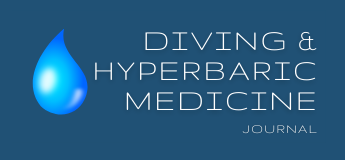I was introduced to baromedical research by the legendary Professor Alf Brubakk as a biophysics student in the mid-1980s. Since then, I did a PhD in DNA repair at the Norwegian Institute of Technology and a post doc in molecular biology at the École supérieure de biotechnologie Strasbourg, followed by a ten-year intermezzo in medical and forensic genetics in Trondheim and Copenhagen before returning to baromedicine in 2009.
PhD in DNA repair at the Norwegian Institute of Technology and a post doc in molecular biology at the École supérieure de biotechnologie Strasbourg, followed by a ten-year intermezzo in medical and forensic genetics in Trondheim and Copenhagen before returning to baromedicine in 2009.
Today I work as a senior scientist at the Department of Circulation and Medical Imaging at the Norwegian University of Science and Technology (NTNU) in Trondheim. I’m generally curious about the fundamental biological mechanisms that enable humans to live and work in high-pressure and underwater environments, and what happens when divers experience environmental stress levels that exceed their limits for physiological adjustment. Baromedical research in Trondheim is mostly centered around professional diving through partnerships between universities, industry and regulatory agencies, but my interest in everything ending in -omics has also led to other collaborations on diving-related topics.
